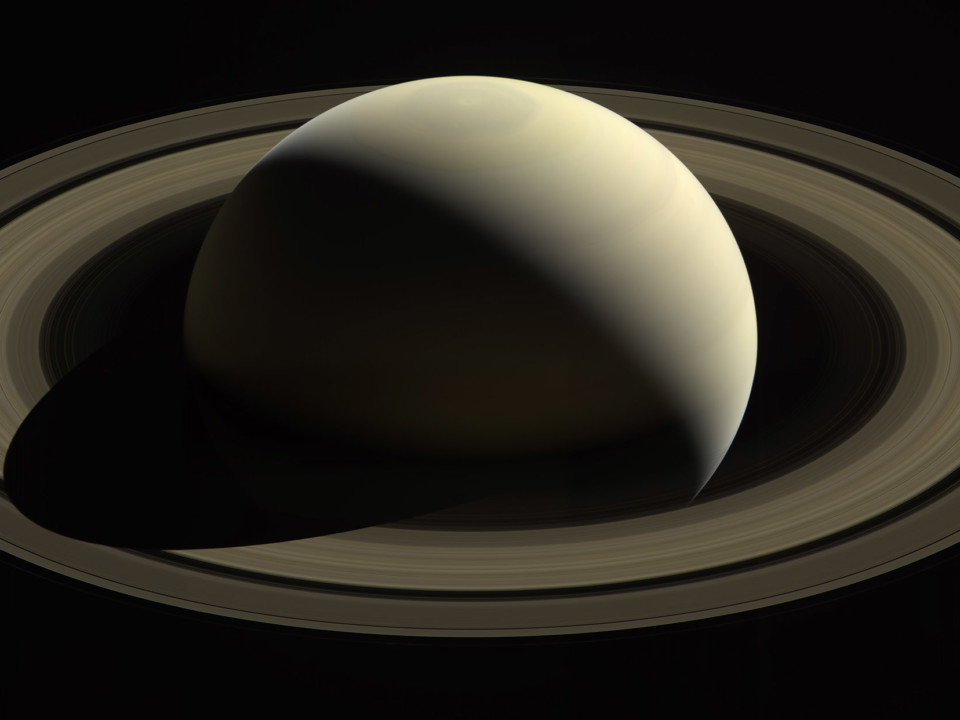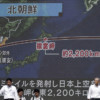Following a remarkable journey of 20 years, NASA’s Cassini spacecraft disintegrated in the skies above Saturn on Friday in a final, fateful blaze of cosmic glory.
Here are some of the final images Cassini shared with Earth before its final descent 7:55 a.m. EDT on September 25, 2017.
ALL images are courtesy NASA’s Jet Propulsion Laboratory.

The last view
This location -- the site of Cassini's atmospheric entry -- was at this time on the night side of the planet, but would rotate into daylight by the time Cassini made its final dive into Saturn's upper atmosphere, ending its remarkable 13-year exploration of Saturn.
The view was acquired on Sept. 14, 2017 at 19:59 UTC (spacecraft event time). The view was taken in visible light using the Cassini spacecraft wide-angle camera at a distance of 394,000 miles (634,000 kilometers) from Saturn. Image scale is about 11 miles (17 kilometers).

Lone propellor
This view of Saturn's A ring features a lone "propeller" -- one of many such features created by small moonlets embedded in the rings as they attempt, unsuccessfully, to open gaps in the ring material. The image was taken by NASA's Cassini spacecraft on Sept. 13, 2017. It is among the last images Cassini sent back to Earth.
The view was taken in visible light using the Cassini spacecraft wide-angle camera at a distance of 420,000 miles (676,000 kilometers) from Saturn. Image scale is 2.3 miles (3.7 kilometers).
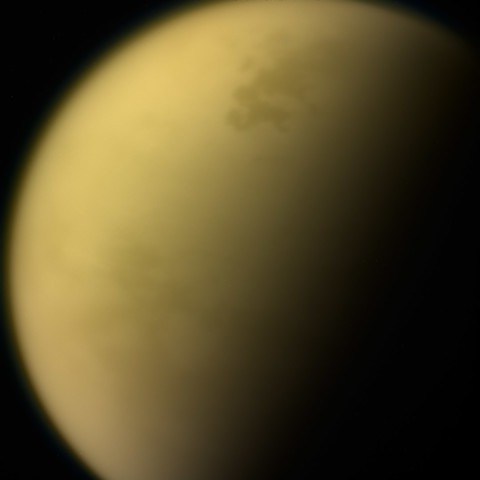
Last look at Titan
As it glanced around the Saturn system one final time, NASA's Cassini spacecraft captured this view of the planet's giant moon Titan. Interest in mysterious Titan was a major motivating factor to return to Saturn with Cassini-Huygens following the Voyager mission flybys of the early 1980s. Cassini and its Huygens probe, supplied by European Space Agency, revealed the moon to be every bit as fascinating as scientists had hoped.
These views were obtained by Cassini's narrow-angle camera on Sept. 13, 2017. They are among the last images Cassini sent back to Earth.
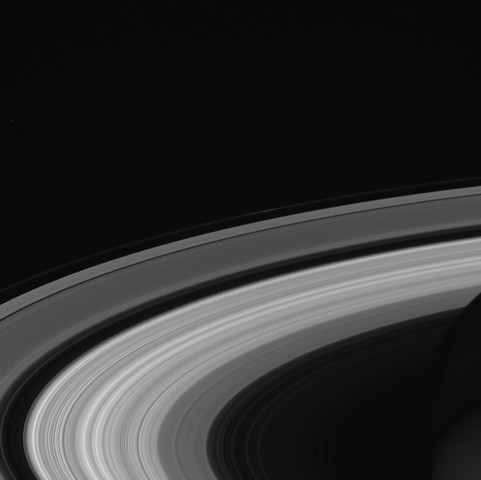
Finale Ringscape
This image of Saturn's rings was taken by NASA's Cassini spacecraft on Sept. 13, 2017. It is among the last images Cassini sent back to Earth.
The view was taken in visible red light using the Cassini spacecraft wide-angle camera at a distance of 684,000 miles (1.1 million kilometers) from Saturn.

Dreamy Swirls on Saturn
NASA's Cassini spacecraft gazed toward the northern hemisphere of Saturn to spy subtle, multi-hued bands in the clouds there.
This view looks toward the terminator -- the dividing line between night and day -- at lower left. The sun shines at low angles along this boundary, in places highlighting vertical structure in the clouds. Some vertical relief is apparent in this view, with higher clouds casting shadows over those at lower altitude.
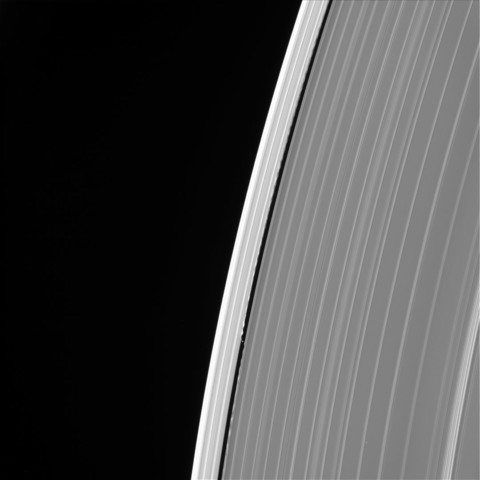
Daphnis
This image of Saturn's outer A ring features the small moon Daphnis and the waves it raises in the edges of the Keeler Gap. The image was taken by NASA's Cassini spacecraft on Sept. 13, 2017. It is among the last images Cassini sent back to Earth.
The view was taken in visible light using the Cassini spacecraft wide-angle camera at a distance of 486,000 miles (782,000 kilometers) from Saturn. Image scale is 2.7 miles (4.3 kilometers).

Before the plunge into Saturn
This image of Saturn's northern hemisphere was taken by NASA's Cassini spacecraft on Sept. 13, 2017. It is among the last images Cassini sent back to Earth.
The view was taken in visible red light using the Cassini spacecraft wide-angle camera at a distance of 684,000 miles (1.1 million kilometers) from Saturn. Image scale is 40 miles (64 kilometers).

ANIMATED: Enceladus setting behind Saturn
Saturn's active, ocean-bearing moon Enceladus sinks behind the giant planet in a farewell portrait from NASA's Cassini spacecraft. This view of Enceladus was taken by NASA's Cassini spacecraft on Sept. 13, 2017. It is among the last images Cassini sent back.
The view is part of a movie sequence of images taken over a period of 40 minutes as the icy moon passed behind Saturn from the spacecraft's point of view.
Images taken using red, green and blue spectral filters were assembled to create the natural color view. (A monochrome version of the image, taken using a clear spectral filter, is also available.) The images were taken using Cassini's narrow-angle camera at a distance of 810,000 million miles (1.3 million kilometers) from Enceladus and about 620,000 miles (1 million kilometers) from Saturn. Image scale on Enceladus is 5 miles (8 kilometers) per pixel.
 CGTN America
CGTN America